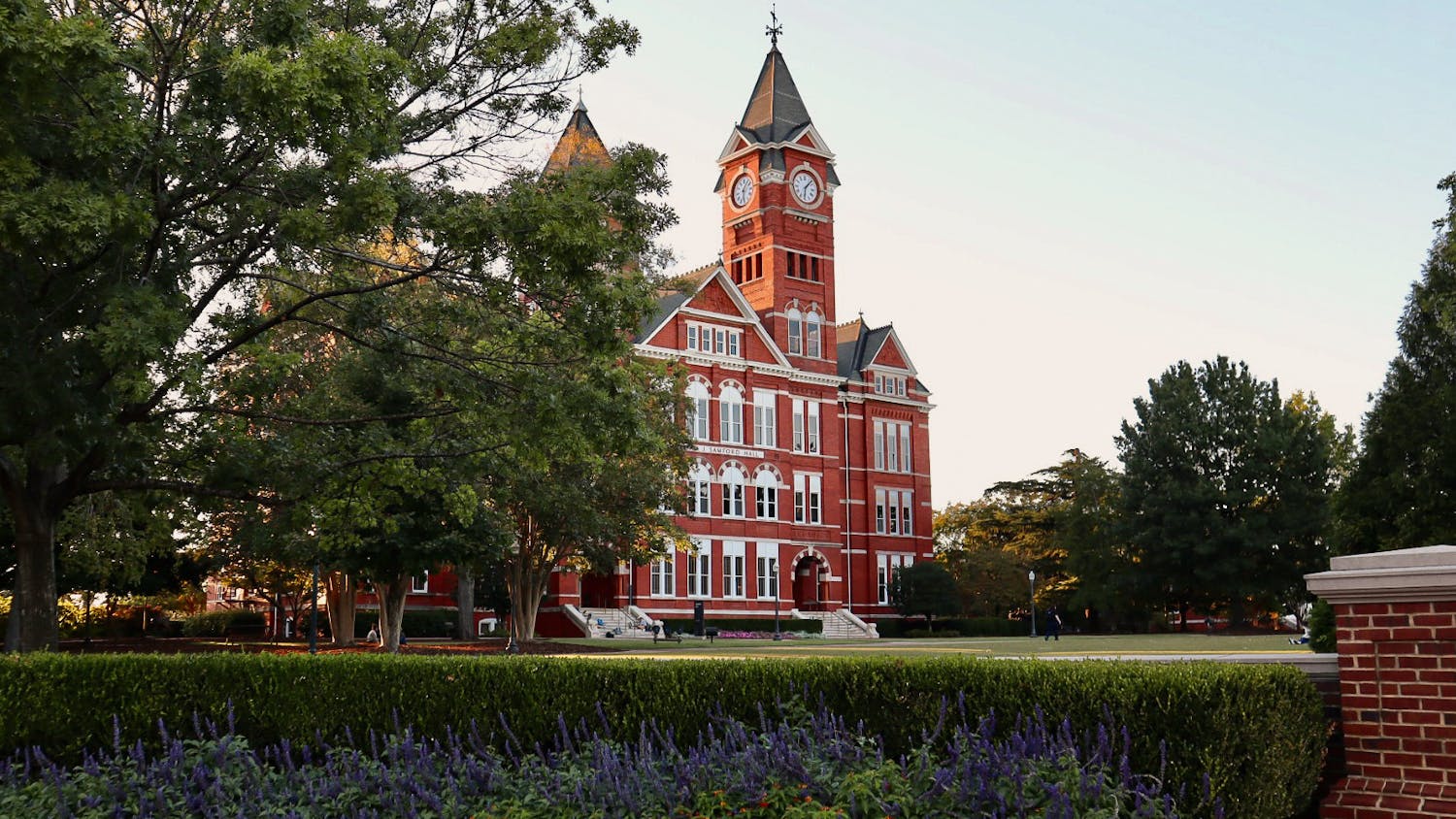When Tim Watkins and Chad Ledbetter were brainstorming on how to use the 50 acres of land Watkin's father owned, an article in "Progressive Farmer" magazine inspired them to take a chance.
Five years later, Whippoorwill Vineyards produces eight varieties of wine by hand and is one of the newest farm wineries to join the Alabama Wine Trail.
"Anytime you go to a winery, the winemaker themselves is going to define what the wine tastes like," said Chad Ledbetter, co-owner of Whippoorwill Vineyards. "Each one of them is kind of an art. Tim has got certain things that he wants to do to the wine to achieve certain tastes."
Whippoorwill Vineyards is also one of the few wineries in Alabama that produces all of its own fruit to make its wine with no coloring added, said Tim Watkins, co-owner of Whippoorwill Vineyards.
"It is strictly what you see out there is what is in our wine," Ledbetter said.
The winery, open Fridays, Saturdays and Sundays, is located just off Highway 14 in Notasulga and sits on about 12 acres of land. It sells wine, jellies and you-pick fruit when in season.
Wine tastings and tours are available by appointment, and Ledbetter and Watkins both encouraged these even for people who may think they know a lot about wine.
"Any time you go to buy a car, you test drive it," Ledbetter said. "Same thing with wines. You go to the winery and you taste the wine. By tasting the wine, you can determine which you truly like versus buying the kind you aren't accustomed to."
The Alabama Wine Trail is a member's only group of people who travel the state visiting wineries and collecting stamps on their wine "passports."
But first, Watkins and Ledbetter have to make the wine, and this process begins with the fruit.
"We try to get the best fruit possible out of our vineyards," Watkins said. "Good fruit equals good wine."
Whippoorwill Vineyards uses both scuppernongs and muscadines to make its sweet, semisweet, semi-dry and dry varieties of wine.
After collecting up to six tons of fruit over the course of two days, Watkins moves on to the second step of the process, crushing the fruit.
After being crushed, they take samples and adjust the flavor and pH.
"If it's a good grape, it doesn't need a whole lot of adjusting," Watkins said. From here, Watkins said he can go in two different directions because the steps for white wine are different from the steps of red wine. White wine fruit will be crushed and pressed in the same day with the next day getting the yeast added to the fruit juice only.
Red wine fruit gets crushed only before having the yeast added, because during fermentation, color is extracted from the skins.
After either a three or six day fermentation, the red wine is then pressed and the skins are removed.
From here, both wines are placed into holding tanks where they are checked periodically for proper pH and flavor.
After this, the wine is stored and then bottled, corked and sealed by hand to guarantee quality.
"I think you can spend more time and a little more attention to what you are doing if you are doing it by hand," Watkins said. "You have a better quality fruit to begin with, and it makes you appreciate what you are doing more."
For more information on the winery or to set up a tour and tasting, visit whippoorwillvineyards. com.
Do you like this story? The Plainsman doesn't accept money from tuition or student fees, and we don't charge a subscription fee. But you can donate to support The Plainsman.




